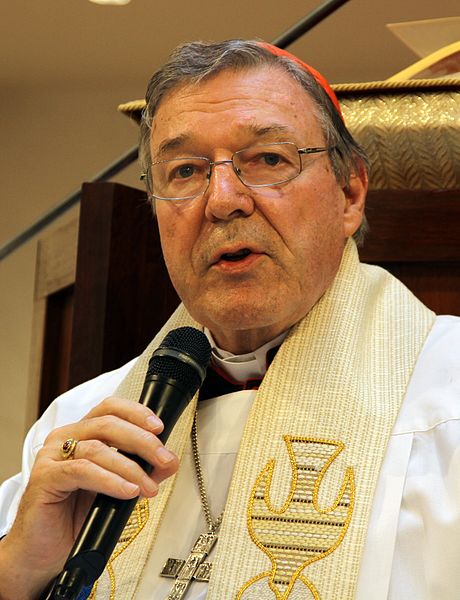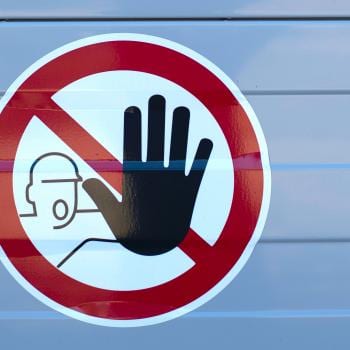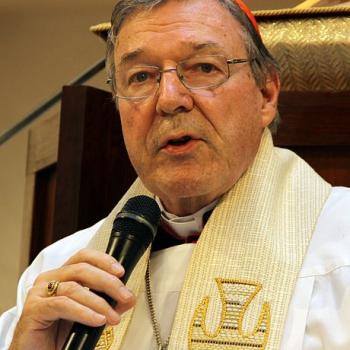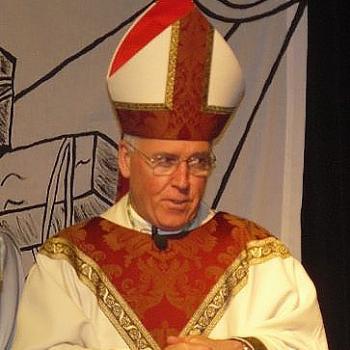
The case that made headlines last night is not as simple or clear-cut as some may think.
From CNA:
During the March preliminary hearings, the defense petitioned for the allegations against Pell to be heard in two separate trials, the first concerning the accusations of the Melbourne choristers, and the second related to allegations from Pell’s time as a priest in Ballarat. Other charges Pell faced were dropped during the pre-trial committal hearings.
Sources say that five counts of sexual abuse were allegedly committed by Pell against the two choristers immediately following a 10:30 a.m. Sunday Mass in Melbourne’s cathedral. Pell is accused of abusing both choir members in the same incident.
Only one of the alleged victims was present in court to give evidence against Pell. The other alleged victim, according a 2017 report from The Australian newspaper The Age, died of a drug overdose in 2014.
Before his death, the deceased man reportedly told his mother at least twice that he had not been a victim of sexual abuse. The other former choir member reportedly told the deceased man’s mother only after the man died that both had been abused by Pell, The Age reported, citing a 2017 book on Pell by journalist Louise Milligan.
According to the prosecution, Pell and the choir members “went missing” from a recessional procession at the end of a Mass celebrated by the archbishop. Pell is alleged to have abused the choristers somewhere within the cathedral sacristy immediately following that Mass.
Milligan has reported that the abuse might have taken place in the early months of 1997, but sources told CNA that the prosecution identified a period between August and December 1996, shortly after Pell was installed as Melbourne’s archbishop.
In June 2017, a priest who says he was with the archbishop every time Pell celebrated Mass at Melbourne’s cathedral was questioned by police about a timeframe that seems to match the one identified by prosecutors.
The priest told police that there was no occasion when Pell would have been alone with choir members. “At no time before, during or after Mass was the Archbishop in direct contact with anyone except that I was present,’’ the priest said, according to The Australian.
“I was always standing next to him and usually at an arm’s length away.’’
During Pell’s trial, the judge reportedly excluded both the prosecution and the defense from disclosing to the jury or discussing in court anything which could bear upon the credibility of the accuser.
When asked how the jury could have delivered a unanimous conviction despite the seeming weight of evidence in his favor, several trial attendees noted that Pell refused to give evidence in his own defense.
In the retrial, the defense again demonstrated that it was physically impossible for the alleged abuse of two choirboys (one now deceased) to have occurred, given the layout and security arrangements of Melbourne’s Catholic cathedral and the fact that the choir and Pell were in two different places when the abuse was alleged to have occurred.
Pell, moreover, was always surrounded by others at the cathedral that day in 1996. Why the Melbourne police never took the trouble to investigate these exculpatory facts is one of several mysteries in this sordid affair.
The retrial jury took days to reach a verdict, during which the jurors asked the trial judge for instructions on how evidence should be considered. That an overwhelming vote for acquittal at the first trial was then flipped to a unanimous verdict for conviction invites the inference that the jury chose to ignore evidence that the alleged crimes couldn’t have happened.
Legal authorities can debate some of the curiosities of the criminal justice system in Melbourne. Why, for example, can’t a defendant request a bench trial by a judge alone, when a prejudicial public atmosphere makes the selection of an impartial jury virtually impossible?
How can a crime alleged to have been committed 22 years ago be prosecuted without any corroborating evidence that it occurred?
How can charges be brought when the public authorities could have easily determined that the alleged abuse couldn’t have happened, because the victims and the alleged perpetrator were never in close proximity, much less by themselves without witnesses?
Any judgment on the Pell verdict must also take full account of the atmosphere in which the cardinal’s case was heard. Anti-Catholicism has been a staple of Australia’s culture for decades.
Finally, there’s this response from a Jesuit priest who attended some of the proceedings:
Witnesses familiar with liturgical vestments had been called who gave compelling evidence that it was impossible to produce an erect penis through a seamless alb. An alb is a long robe, worn under a heavier chasuble. It is secured and set in place by a cincture which is like a tightly drawn belt. An alb cannot be unbuttoned or unzipped, the only openings being small slits on the side to allow access to trouser pockets underneath. The complainant’s initial claim to police was that Pell had parted his vestments, but an alb cannot be parted; it is like a seamless dress. Later the complainant said that Pell moved the vestments to the side. An alb secured with a cincture cannot be moved to the side. The police never inspected the vestments during their investigations, nor did the prosecution show that the vestments could be parted or moved to the side as the complainant had alleged. The proposition that the offences charged were committed immediately after Mass by a fully robed archbishop in the sacristy with an open door and in full view from the corridor seemed incredible to my mind.
I was very surprised by the verdict. In fact, I was devastated. My only conclusion is that the jury must have disregarded many of the criticisms so tellingly made by Richter of the complainant’s evidence and that, despite the complainant being confused about all manner of things, the jury must nevertheless have thought — as the recent royal commission discussed — that children who are sexually violated do not always remember details of time, place, dress and posture. Although the complainant got all sorts of facts wrong, the jury must have believed that Pell did something dreadful to him. The jurors must have judged the complainant to be honest and reliable even though many of the details he gave were improbable if not impossible.
He has more here.
UPDATE: The Holy See has released a statement on the verdict:
“As already expressed on other occasions, we have the utmost respect for the Australian judicial authorities,” the statement said.
“Out of this respect, we await the outcome of the appeals process, recalling that Cardinal Pell maintains his innocence and has the right to defend himself until the last stage of appeal.”
…“In order to ensure the course of justice, the Holy Father has confirmed the precautionary measures which had been imposed by the local Ordinary on Cardinal George Pell when he returned to Australia. That is, while awaiting the definitive assessment of the facts, as is the norm, Cardinal George Pell is prohibited from exercising public ministry and from having any voluntary contact whatsoever with minors.”












